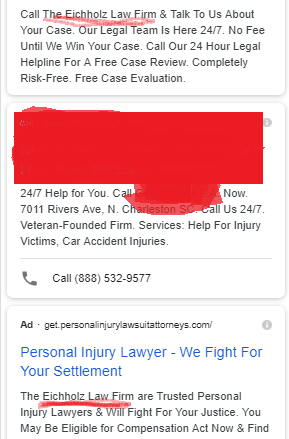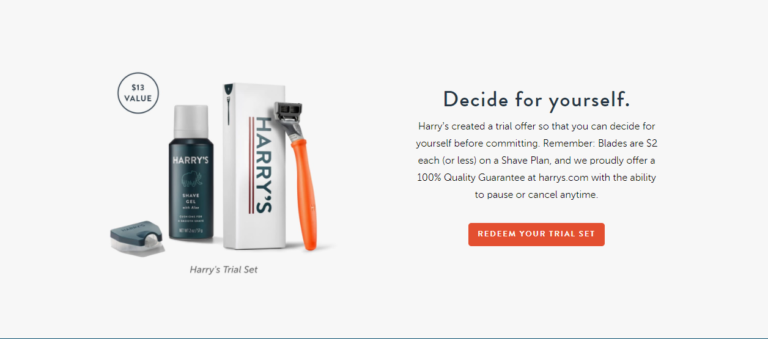Landing pages play a critical role in PPC campaign success, and unlocking the full profit potential on a landing page is equal parts art and science.
This month’s Ask Me Anything About PPC column is dedicated to all the amazing CRO (conversion rate optimization) professionals and the A/B tests enacted in the name of profit and victory.
I’ll be answering the question:
“Besides the obvious calls to action, contact form and good quality relevant content, what should a good landing page have? I want to make sure I’m not missing out on opportunities to create leads when visitors do click and end up on our page!”
First Off…
Before we begin, it’s important to set some ground rules for landing page theory:
- What works in ecommerce won’t necessarily carry over to lead gen, and visa versa.
- We want our prospects to think as little as possible – it should be a no-brainer to engage with our brands.
- Landing pages should only contain information, creative, and actions we have the potential to profit from.
Over the next few posts, we’ll outline:
- Calls to Action
- Trust Symbols
- Desktop to Mobile Considerations
- The Story Your Page Tells
- The Conversion Path
We’ll also outline important subtleties for:
- Lead generation.
- Ecommerce.
- DTC (direct to consumer).
One last note before we dive into the meat and potatoes of the post:
I’m a strong believer that PPC traffic should not go to the organic site.
SEO strategies require tactics that can run counter to sound PPC landing page theory.
Rather than constant infighting, consider using a subdomain of the main site (be sure to make all pages noindexed and nofollowed).
I don’t like using completely different domains for PPC, as that puts a brand at risk of violating Google’s rules on unfair ranking.

Call to Action: Empowering Users to Do the Most Profitable Thing
General Rules of Engagement
Calls to action (CTAs) need to tell the user to do the thing you value most.
Common CTAs include:
- Call Now
- Checkout
- Learn More
- Submit
- Get Quote
- File Claim
- Begin Application
- Contact me
- Schedule
- Chat Now
As a general rule, the action you ask prospects to perform should be the thing they will do.
For example, asking a user to “call now” as they’re submitting a form doesn’t make sense.
Telling a user to “begin application” before they’re about to complete a multi-step application does.
Where things get tricky is if you have multiple CTAs you’d be fine with the user completing.
This is why a common A/B test is to run one version of a page with a call option, and one without.
Offering prospects too many choices will inevitably lead them to choose nothing and bounce away.
Lead Generation
Lead gen landing pages may not be responsible for the sale, but that doesn’t excuse them from cultivating the most qualified prospects.

If you’re about to ask the prospect to embark on a lengthy form-fill, do them the courtesy of breaking it up into multiple steps with a progression bar.
Also, do the prospect the courtesy of only including questions you need an answer to. By not requiring the information, you give the prospect permission to not give it to you.
Ecommerce
Ecommerce calls to action are fairly straightforward – get the user to act without thinking.
It’s important to build in options for one-click checkouts, as well as continuing to browse.
When users “add to cart” they are typically given two options: continue shopping or checkout.
Depending on user behavior history, you’ll want to do one of the following:
- Least disruptive experience: Shopping cart icon updates with number of items in the cart.
- Mild disruption: An i-frame/side-panel popping out with cart prompting to continue shopping or check-out.
- High disruption: Adding an item to the cart takes the user to a different page where they are prompted to check-out/continue shopping
 Low disruption
Low disruption High disruption
High disruptionOn the surface, one would assume “high disruption” is bad, low disruption is good.
Yet if your users have a high shopping cart abandonment rate, there might be value in forcing them to acknowledge their cart.
If average orders are low (Units Per Transaction/UTP or gross sale value), encouraging more shopping with a less intrusive experience would be more advantageous.
DTC
While much of the CTAs will be the same for DTC as ecommerce, there will be a few subtleties.
For instance, the brand should infuse itself into the action.

Instead of asking the user to “Add to Cart” using language like “Get Mine” or “Sleep Better”.
While straightforward CTAs can work, branded ones create another valuable customer engagement experience.
Takeaway
Calls to action need to be grounded in where the prospect is in the buying cycle and aligned with the overall brand voice.
Have a question about PPC? Submit via this form or tweet me @navahf with the #AskPPC hashtag. See you next month!
More Resources:





